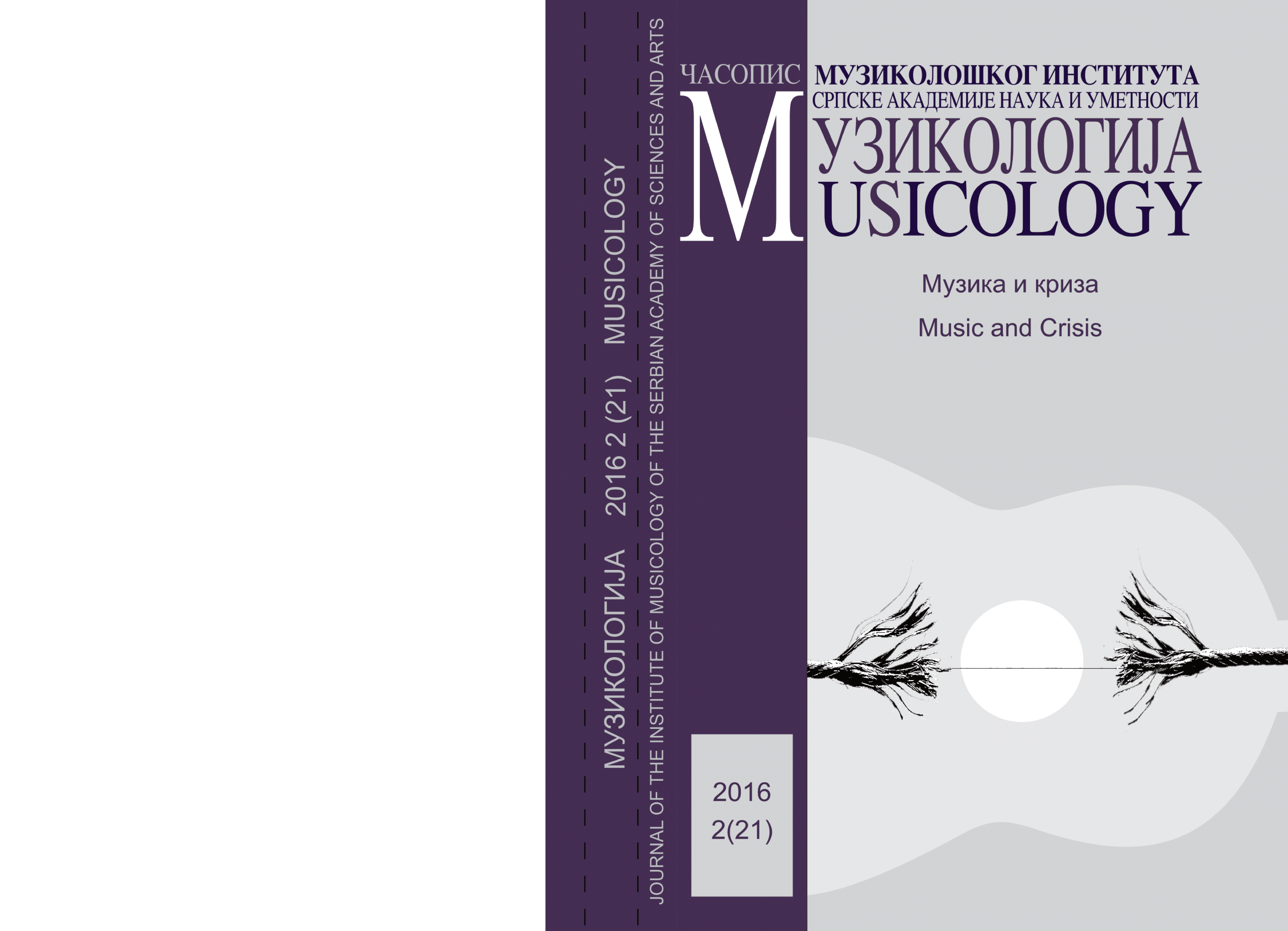Listening to “the Human Without a Soul” – Outline for an Audience-Centred History of Broadcasting in Communist Albania
Keywords:
Radio, Albania, anthropology of development, audience studiesAbstract
The paper proposes a study of broadcasting in one of the most tightly isolated regimes of the communist Eastern Bloc, beyond the paradigms of radio as a pure propaganda medium and of radio history as pure institutional history. Instead of a macro-history from above, this contribution proposes an ethnographically grounded micro-perspective alongside the lines of “audience studies”, informed by “oral history” methods. It proposes to focus on the social effects of radio listening and, in a broader perspective, on how radio broadcasting was embedded into larger modernization agendas of the regime of Enver Hoxha.
References
Askew, K. and Wilk, R. R. (eds.) (2002) The Anthropology of Media, Malden and Oxford: Blackwell Publishers.
Bazzocchi, C. (2004) Dalle carceri di Enver Hoxha al liberalismo selvaggio, Interview with Fatos Lubonja, Monte San Pietro: Il Ponte Editore.
Çobani, A. (2010) Ju flet Tirana... Histori, Kujtime, Personazhe nga RTSH [Tirana is speaking... History, Memories and Personalities from RTSH], Tirana: Botimet Toena.
Dayan, D. and Katz, E. (1992) Media Events: The Live Broadcasting of History, Cambridge, MA: Harvard University Press.
Dizdari, B. (2008) “23 Nëntor 1938: Themelohet Radio Tirana!” [“28 November 1938: Radio Tirana inaugurated!”] http://www.arkivalajmeve.com/28-Nentor-1938-Themelohet-Radio-Tirana.137882/ (accessed 5 January, 2015).
Falkenberg, K. (2005) Radiohören - Zu einer Bewusstseinsgeschichte 1933–1950, Haßfurt, Nuremberg: Hans Falkenberg/Institut für Alltagskultur.
Ferguson, J. (1999) Expectations of Modernity-Myths and Meanings of Urban Life on the Zambian Copperbelt, Berkeley: University of California Press.
Fickers, A. (2012) “Visibly audible. The radio dial as mediating interface”, in T. Pinch and K. Bijsterveld (eds.) The Oxford Handbook of Sound Studies, Oxford: Oxford University Press: 411–439.
Huhtamo, E. and Parikka. J. (eds.) (2011) Media Archaeology – Approaches, Applications, and Implications, Oakland: University of California Press.
Këlliçi, S. (2003) Historia e Radio-Televizionit Shqiptar (1938–1990) [A History of the Albanian Radiotelevision 1938–1990], Tirana: Botim TPE.
Logareci A. (1978) The Albanians: Europe’s forgotten survivors. London: Gollancz.
Lovell, S. (2015) Russia in the Microphone Age: A History of Soviet Radio 1919–1970, Oxford: Oxford University Press.
Maçko, M. (1979) Si të përdorim dhe të mirëmbajmë televizorin [How we use and maintain a television], Tirana: 8 Nëntori. MacLuhan, M. (1964) Understanding Media: The Extensions of Man, New York: McGraw Hill Book Company.
Mikrokozmos (1945) Nga Jeta e fshatit [From Village Life], Tirana: Ismail Mal’Osmani Botonjës.
Mihelj, S. (2013) “The Politics of Privatization: Television Entertainment and the Yugoslav Sixties”, in A. E. Gorsuch and D. P. Koenker (eds.) The Socialist Sixties: Crossing Borders in the Second World, Bloomington: Indiana University Press, 251–267.
Morley, D. (1992) Television, Audiences and Cultural Studies, London: Routledge.
Morley, D. (1995) “Television: Not So Much a Visual Medium, More a Visible Object”, in Ch. Jenks (ed.) Visual Culture, London: Routledge: 170–189.
PPSH Leaflet (c. 1971) Elektrifikimi i fshatit (The Electrification of the Village), Archival Source Biblioteka Kombëtare Sign. S80 29G.
Razlogova, E. (2011) The Listener’s Voice – Early Radio and the American Public, Philadelphia: University of Pennsylvania Press.
Downloads
Published
Issue
Section
License
Copyright (c) 2016 MUZIKOLOGIJA-MUSICOLOGY

This work is licensed under a Creative Commons Attribution-NonCommercial-NoDerivatives 3.0 Unported License.
You are free to:
- Share — copy and redistribute the material in any medium or format.
The licensor cannot revoke these freedoms as long as you follow the license terms.
Under the following terms:
-
Ауторство — You must give appropriate credit, provide a link to the license, and indicate if changes were made.
You may do so in any reasonable manner, but not in any way that suggests the licensor endorses you or your use. -
Некомерцијално — You may not use the material for commercial purposes.
-
NoDerivatives — If you remix, transform, or build upon the material, you may not distribute the modified material.
- No additional restrictions — You may not apply legal terms or technological measures that legally restrict others from doing anything the license permits.



